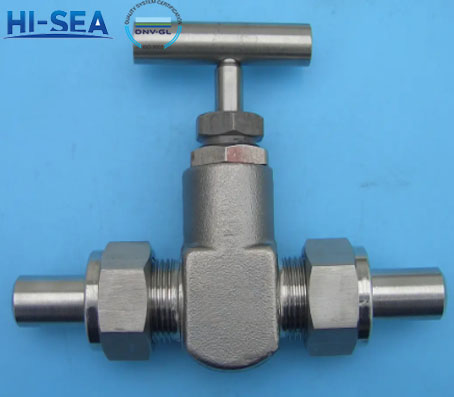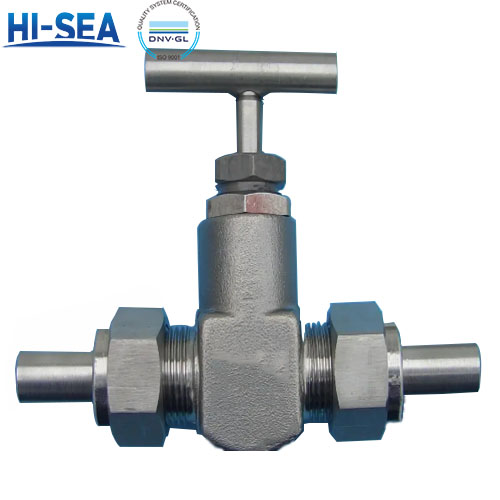
Is a needle valve a non-return valve?
Needle valve is a kind of valve usually used for precision regulation and flow control. It is a valve that can precisely control the flow size of the medium by adjusting the needle lift. Needle valve is usually used in high pressure, high temperature and other special environments, such as aerospace, rocket engines and high-speed trains.
Non-return valve is a kind of valve used to control one-way flow. It only allows the medium to flow from one side to the other at a certain pressure and does not allow the medium to flow in the opposite direction. Non-return valves are commonly used in hydraulic and pneumatic systems for pump and compressor outlets, system air intakes, and anti-pollution devices for pipelines, among other applications.
Overview
Although needle and non-return valves both involve the control of fluids, they work differently and have different application scenarios. Needle valves are primarily used to precisely regulate and control the flow of fluid, while non-return valves are used to ensure that the fluid flows in a single direction.
Differences in use:
Needle valve main role is to precisely regulate the size of the flow, can control the medium in different flow conditions of the flow rate and pressure.
Non-return valve main role is to control the one-way flow, can only let the medium from a direction of inflow, not the other way around.
Differences in characteristics:
Needle valve has the advantages of high accuracy, short response time, precision adjustment;
The non-return valve mainly plays the role of preventing backflow, used in hydraulic and pneumatic systems.
Differences in structural form:
Needle valve is usually composed of needle valve seat, needle and valve body and other parts.
Non-return valve is mainly composed of valve body, spool and bellows and other parts.
Picture:






